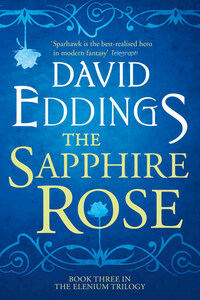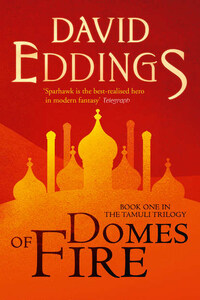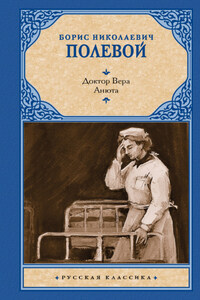HarperVoyager An imprint of HarperCollinsPublishers 1 London Bridge Street London SE1 9GF
www.harpervoyagerbooks.co.uk
This edition 1995
Previously published in paperback by Grafton 1992, reprinted once, and by HarperCollins Science Fiction & Fantasy 1993, reprinted twice
First published in Great Britain by Grafton 1991
Copyright © David Eddings 1991
Cover layout design © HarperCollinsPublishers Ltd 2015 Cover images © Shutterstock.com
The Author asserts the moral right to be identified as the author of this work
All rights reserved under International and Pan-American Copyright Conventions. By payment of the required fees, you have been granted the nonexclusive, nontransferable right to access and read the text of this e-book on-screen. No part of this text may be reproduced, transmitted, downloaded, decompiled, reverse engineered, or stored in or introduced into any information storage and retrieval system, in any form or by any means, whether electronic or mechanical, now known or hereinafter invented, without the express written permission of HarperCollins e-books.
Source ISBN: 9780007127832
Ebook Edition © JUNE 2010 ISBN: 9780007375080 Version 2015-03-20
Otha and Azash â Excerpted from A Cursory History of Zemoch. Compiled by the History Department of the University of Borrata.
Following the invasion of the Elenic-speaking peoples from the steppes of central Daresia lying to the east, the Elenes gradually migrated westward to displace the thinly scattered Styrics who inhabited the Eosian continent. The tribes which settled in Zemoch were latecomers, and they were far less advanced than their cousins to the west. Their economy and social organization were simplistic, and their towns rude by comparison with the cities which were springing up in the emerging western kingdoms. The climate of Zemoch, moreover, was at best inhospitable, and life there existed at the subsistence level. The Church found little to attract her attention to so poor and unpleasant a region; and as a result, the rough chapels of Zemoch became largely unpastored and their simple congregations untended. Thus the Zemochs were obliged to take their religious impulses elsewhere. Since there were few Elene priests in the region to enforce the Church ban on consorting with the heathen Styrics, fraternization became common. As the simple Elene peasantry perceived that their Styric neighbours were able to reap significant benefits from the use of the arcane arts, it is perhaps only natural that apostasy became rampant. Whole Elenic villages in Zemoch were converted to Styric pantheism. Temples were openly erected in honour of this or that topical God, and the darker Styric cults flourished. Intermarriage between Elene and Styric became common, and by the end of the first millennium, Zemoch could no longer have been considered in any light to be a true Elenic nation. The centuries and the close contact with the Styrics had even so far corrupted the Elenic language in Zemoch that it was scarcely intelligible to western Elenes.
It was in the eleventh century that a youthful goatherd in the mountain village of Ganda in central Zemoch had a strange and ultimately earth-shaking experience. While searching in the hills for a straying goat, the lad, Otha by name, came across a hidden, vine-covered shrine which had been erected in antiquity by one of the numerous Styric cults. The shrine had been raised to a weathered idol which was at once grotesquely distorted and at the same time oddly compelling. As Otha rested from the rigours of his climb, he heard a hollow voice address him in the Styric tongue. âWho art thou, boy?â the voice inquired.
âMy name is Otha,â the lad replied haltingly, trying to remember his Styric.
âAnd hast thou come to this place to pay obeisance to me, to fall down and worship me?â
âNo,â Otha answered with uncharacteristic truthfulness. âWhat Iâm really doing is trying to find one of my goats.â
There was a long pause. Then the hollow, chilling voice continued. âAnd what must I give thee to wring from thee thine obeisance and thy worship? None of thy kind hath attended my shrine for five thousand years, and I hunger for worship â and for souls.â
Otha was certain at this point that the voice was that of one of his fellow herders playing a prank on him, and he determined to turn the joke around. âOh,â he said in an offhand manner, âIâd like to be the king of the world, to live forever, to have a thousand ripe young girls willing to do whatever I wanted them to do, and a mountain of gold â and, oh yes, I want my goat back.â














